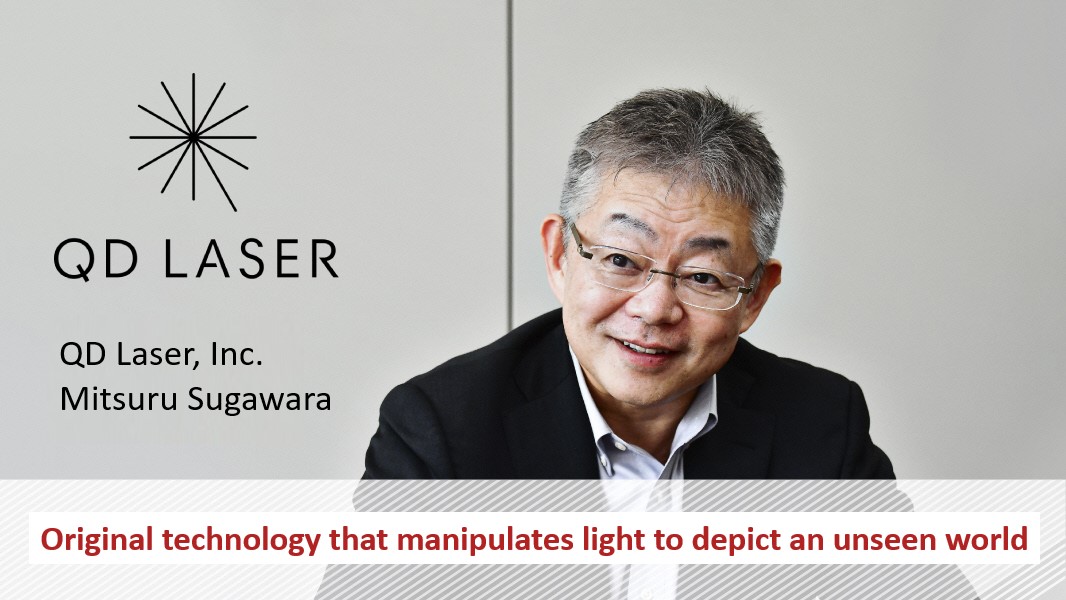Market News
Data & Statistics
Listed Companies
Equities, Debt, Funds
Derivatives
Rules & Trading Participants
Systems
Self-Regulation
Clearing & Settlement
![]() Close
Close
Market News
Data & Statistics
Listed Companies
- Company Announcement Service
- Listed Company Search
- Corporate Governance Information Search
- Number of Listed Companies/Shares
- New Listings/ Transfers/ Delistings
- Market Alerts
- Measures against Listed Companies
- Other Information
- Earnings Announcements/ Annual General Shareholders Meetings
- Introduction of Listed Companies
Equities, Debt, Funds
Derivatives
Rules & Trading Participants
Systems
Self-Regulation
Clearing & Settlement
- For Individual Investors
- For Listed Companies
- For Prospective Issuers
- For Trading Participants
- For Institutional Investors
- For Media
Recommended Contents
- TSE Daily Report
- Daily Report
- Equities Market Summary
- Stock Price Index - Real Time Values
- Daily Publication, etc., Concerning Margin Trading
- Regulatory Measures, etc., Concerning Margin Trading
- Short Selling Value
- Special Quotations
- JPX Monthly Headlines
Our Markets
Featured Products
- Stocks (Domestic)
- ETFs
- REITs
- TOKYO PRO Market
- TOKYO PRO-BOND Market
- Nikkei 225 Futures (Large Contracts)
- TOPIX Futures (Large Contracts)
- 3-Month TONA Futures
- Nikkei 225 mini Options
- Gold Standard Futures
- Platts Dubai Crude Oil Futures
External Links
Listed Companies
Introduction of Listed Companies
TSE IR MOVIE SQUARE
Top Executive Interviews "SOU"
Recent IPOs of Companies with Links to Foreign Countries
![]() Close
Close










